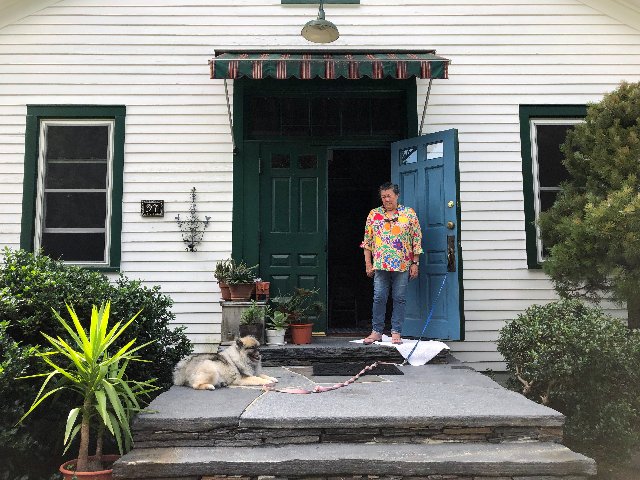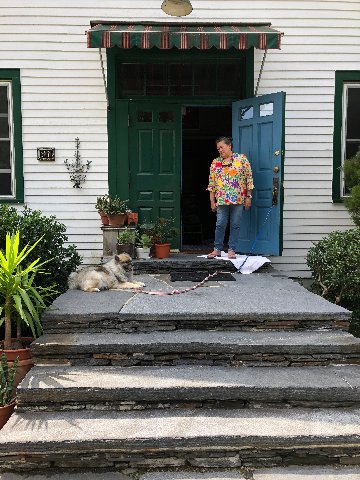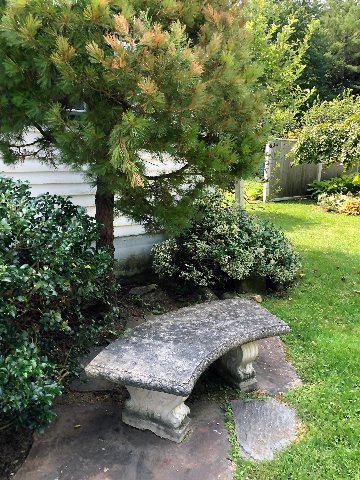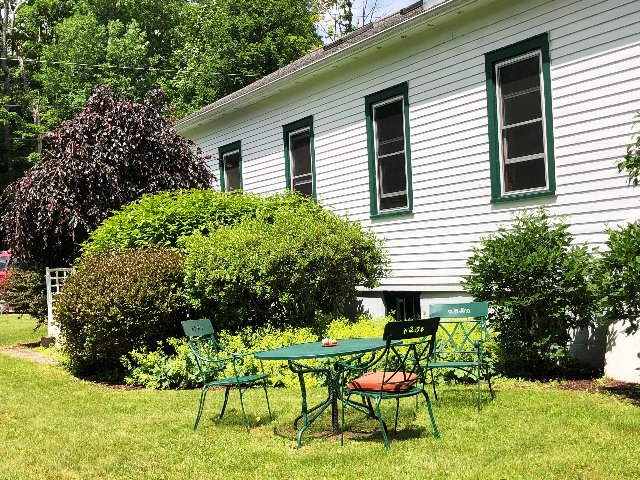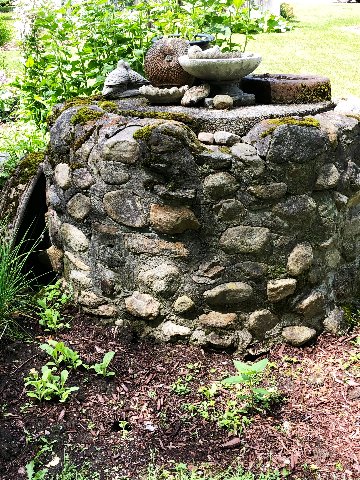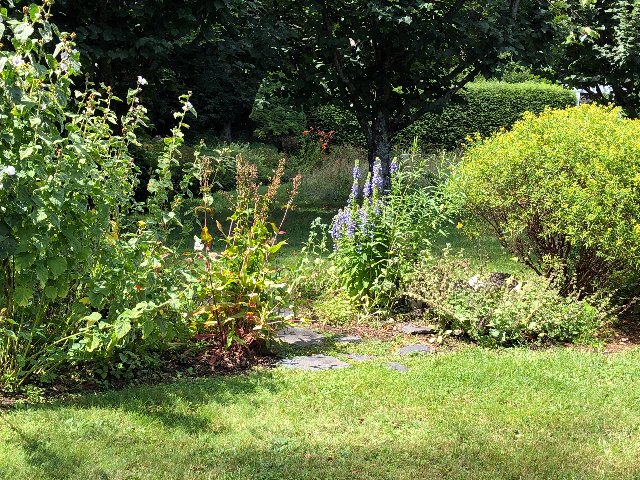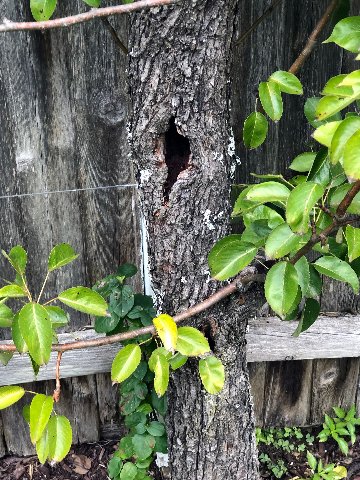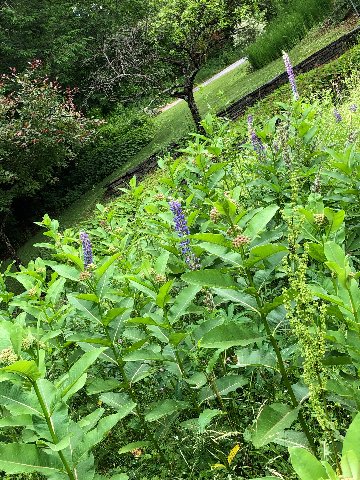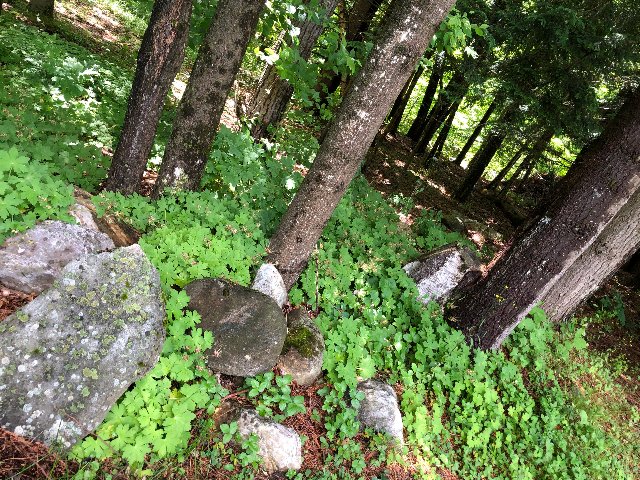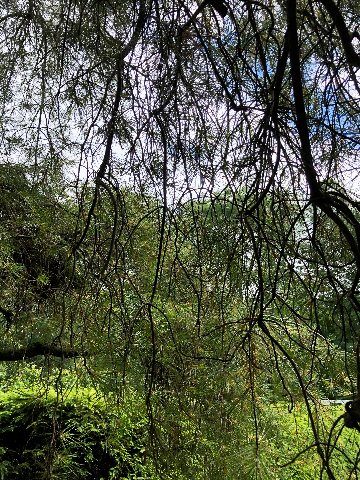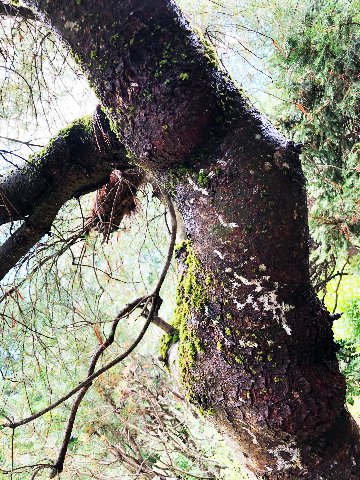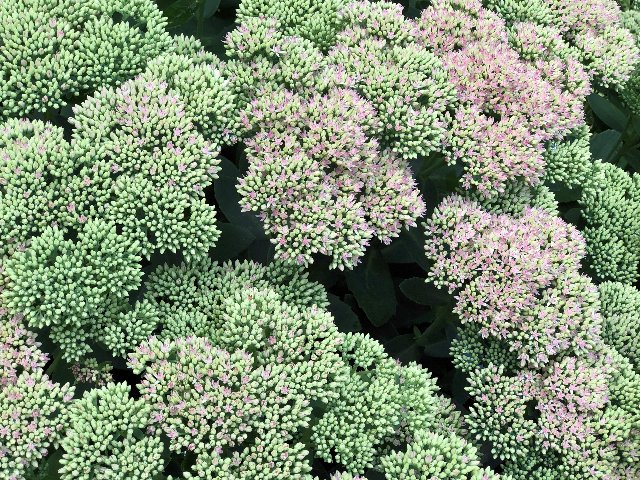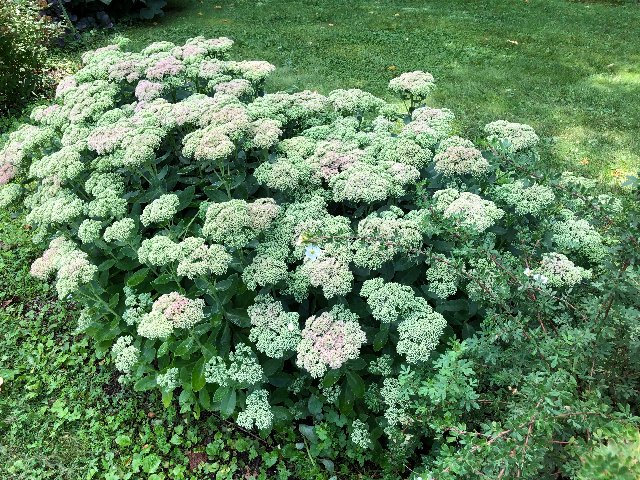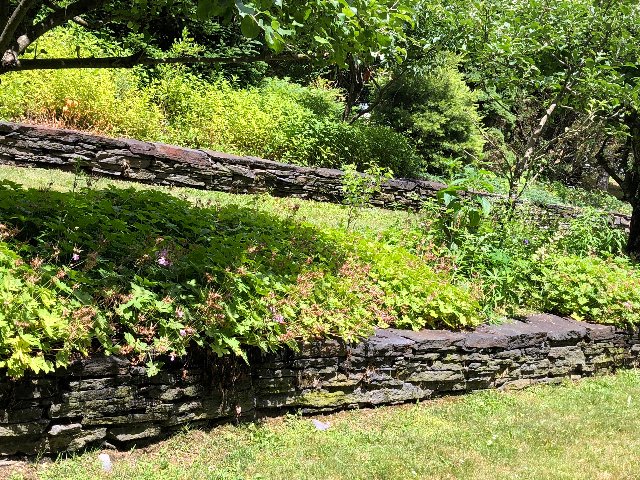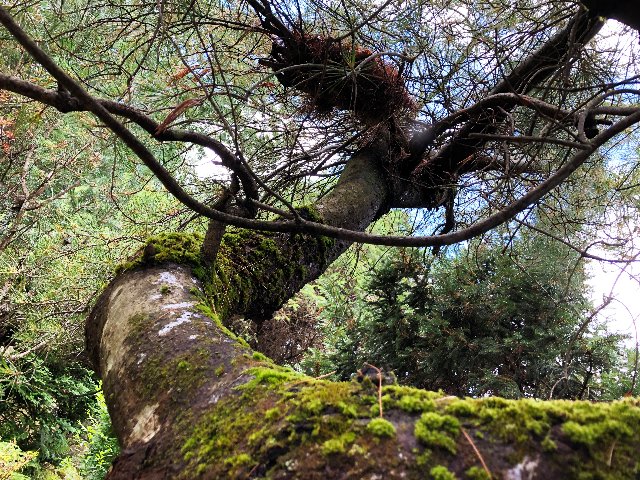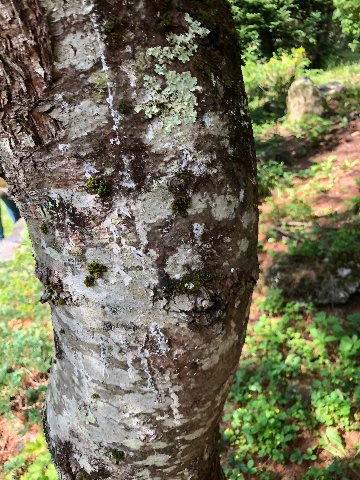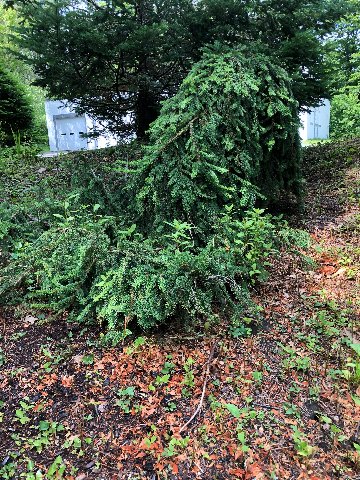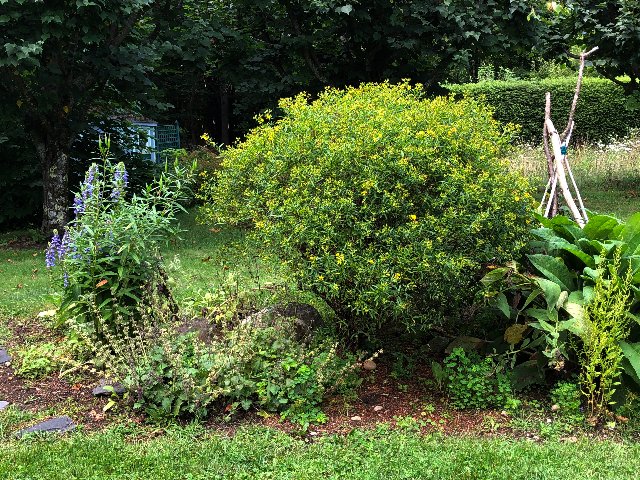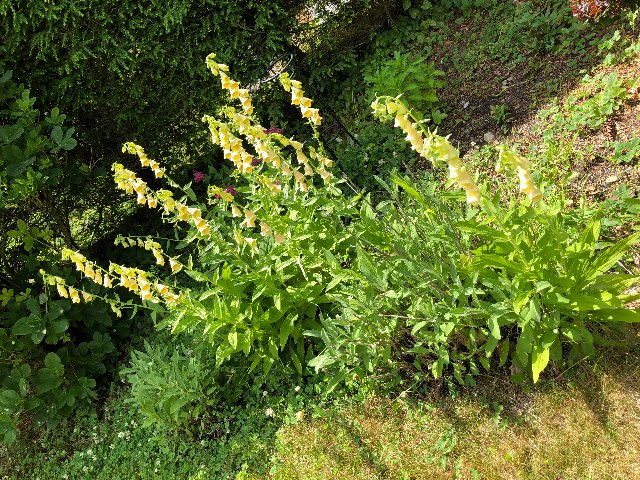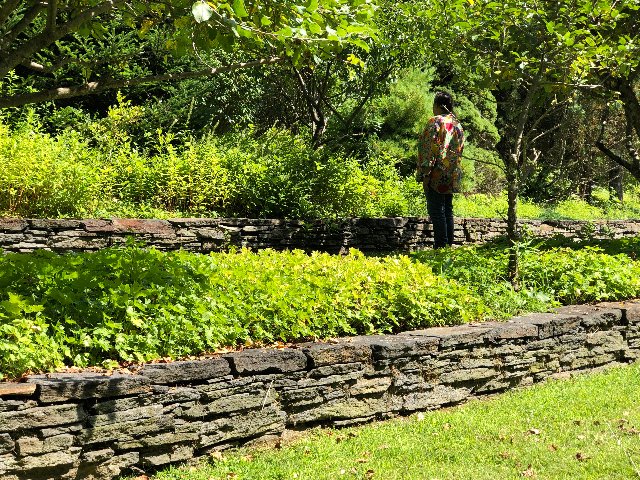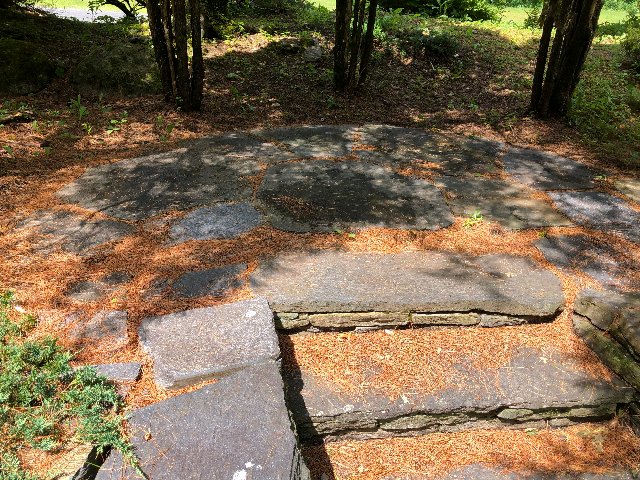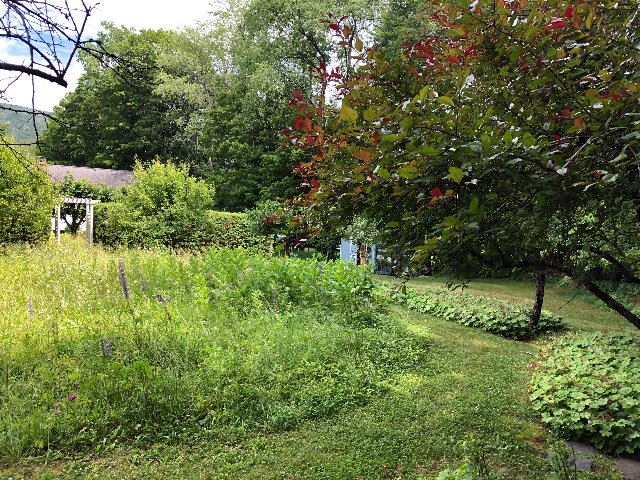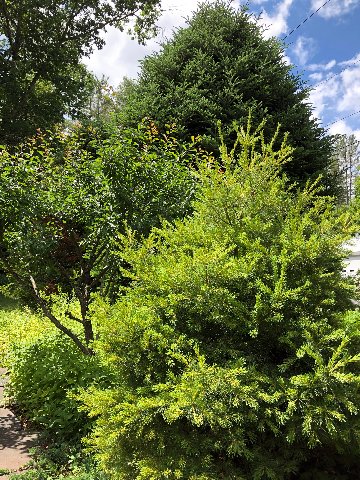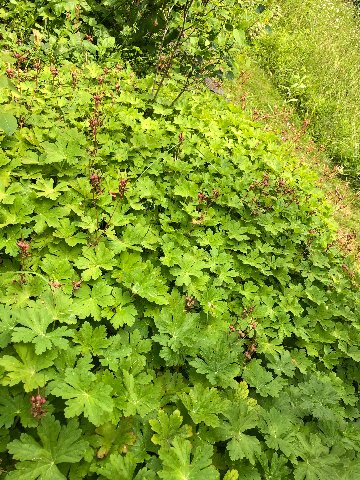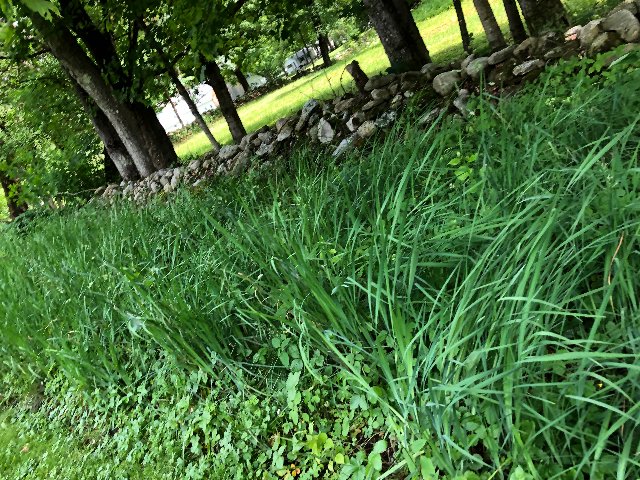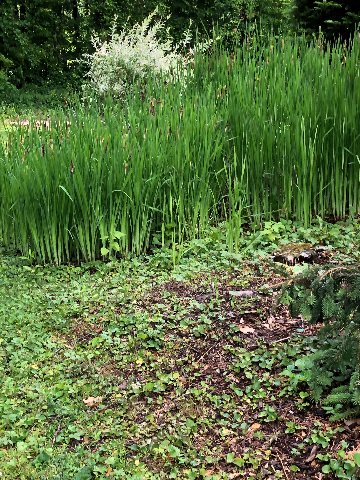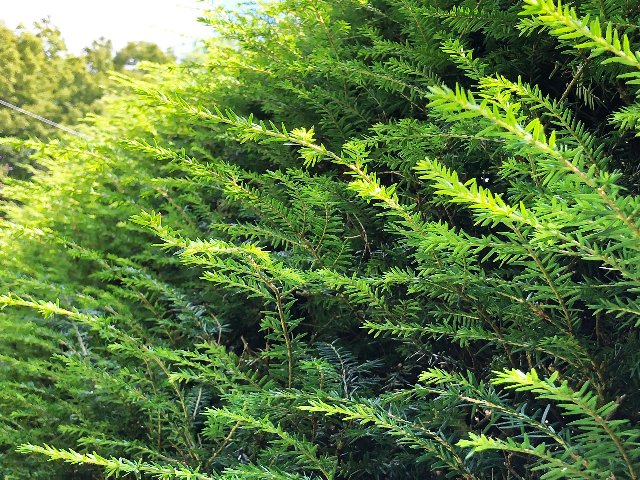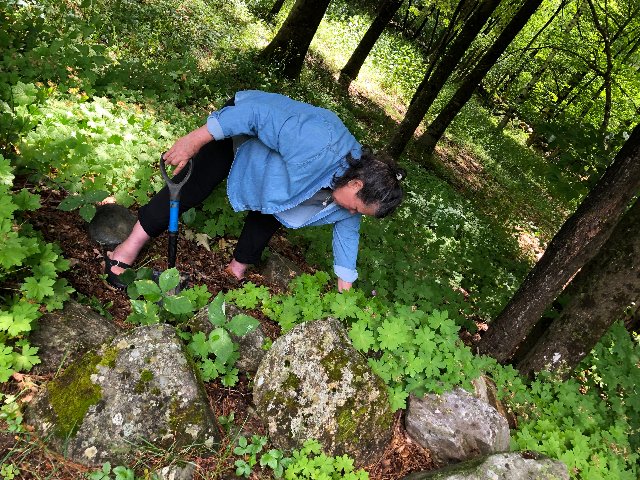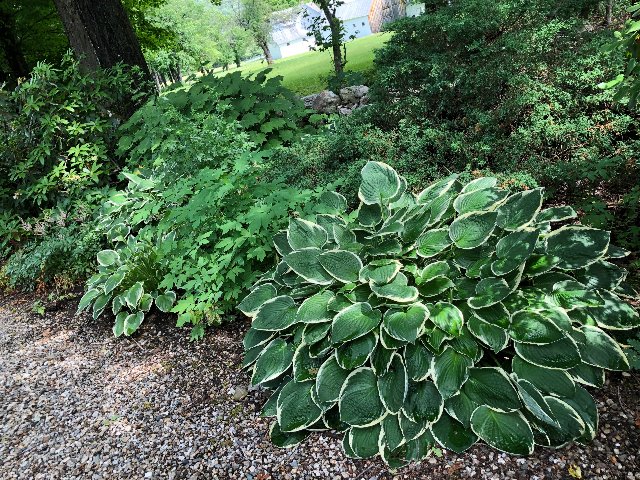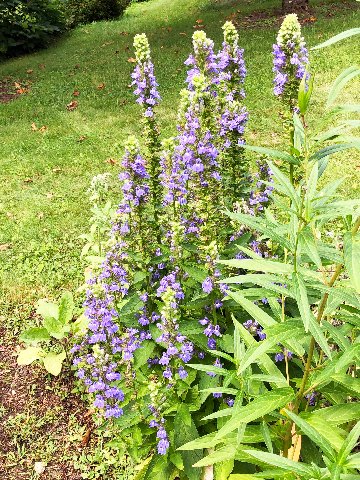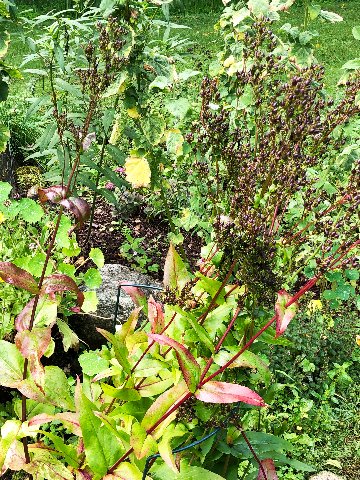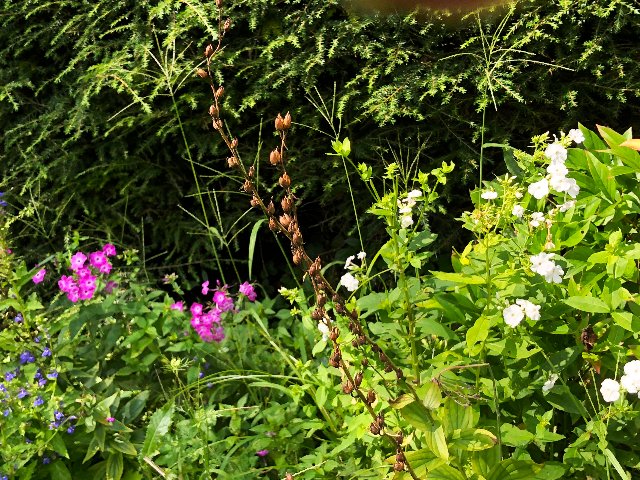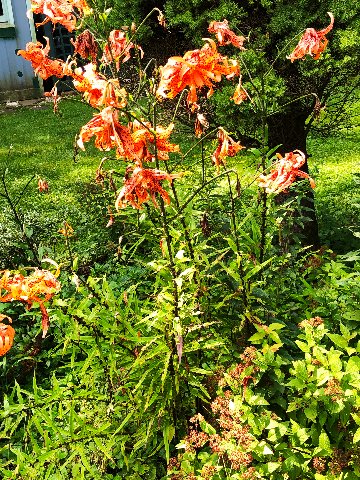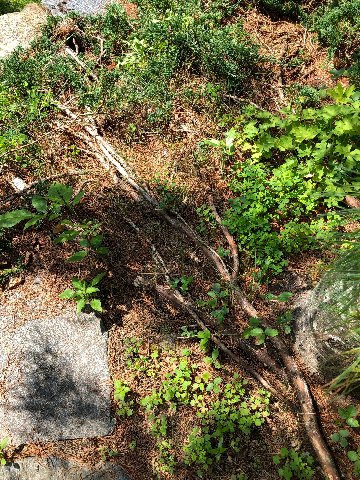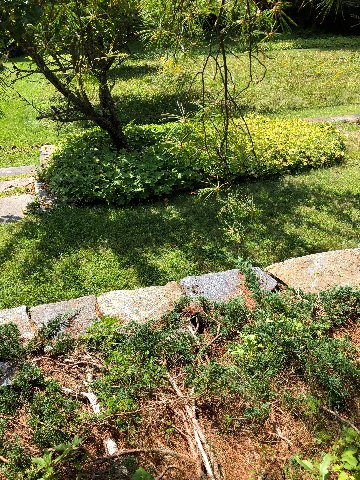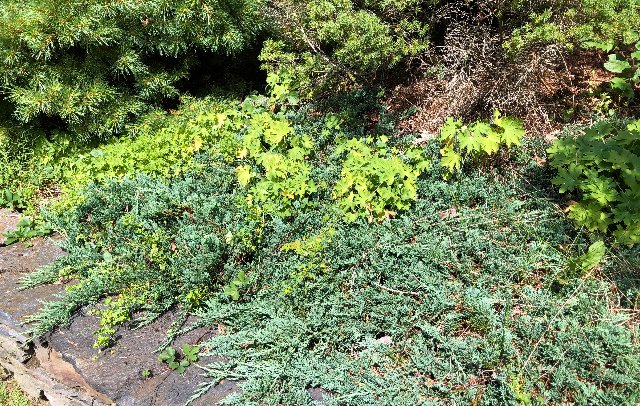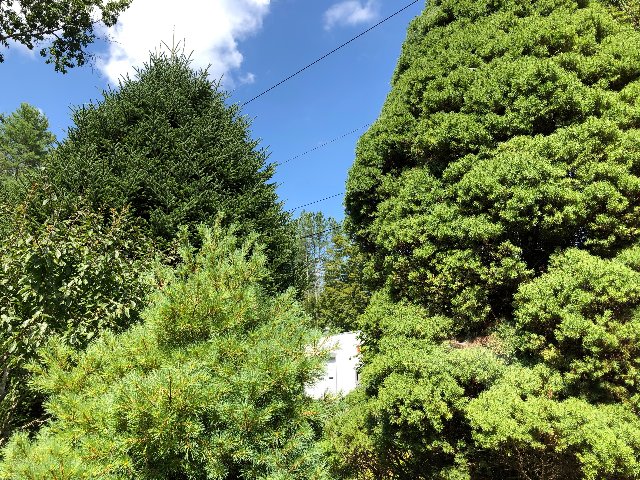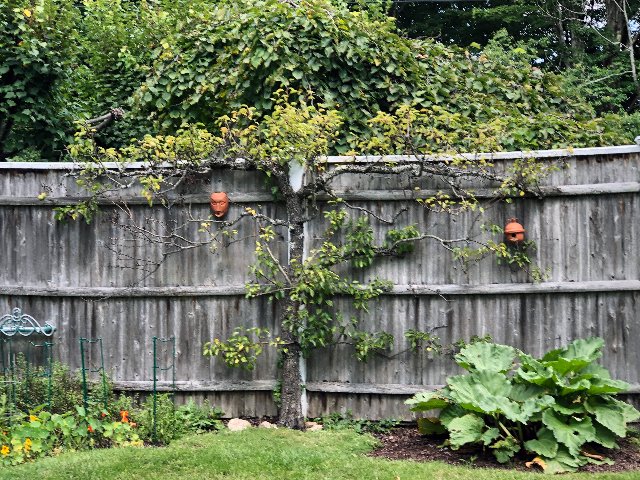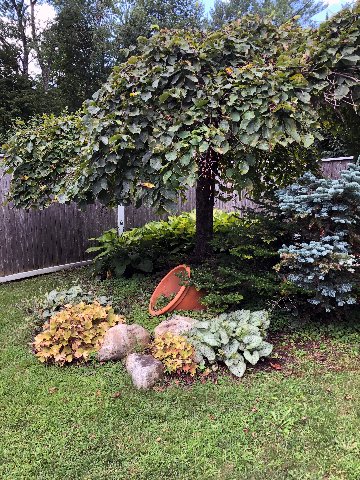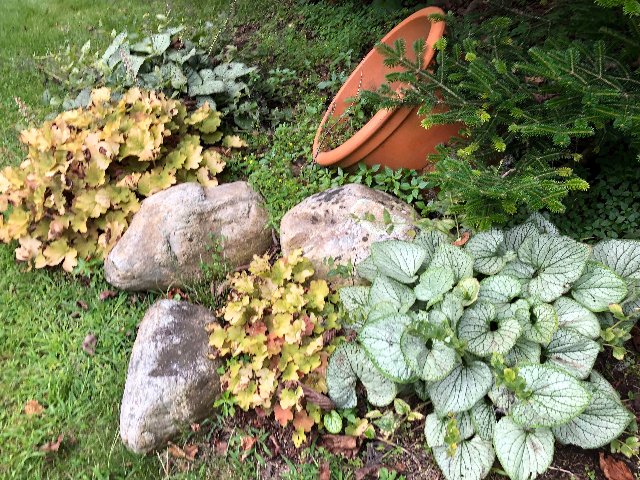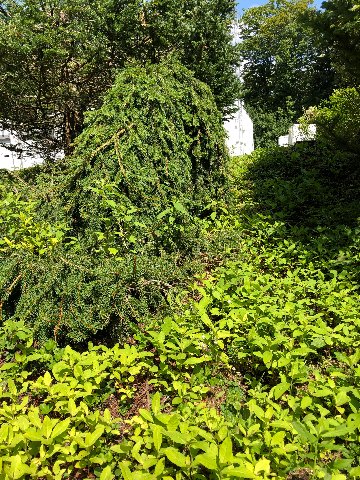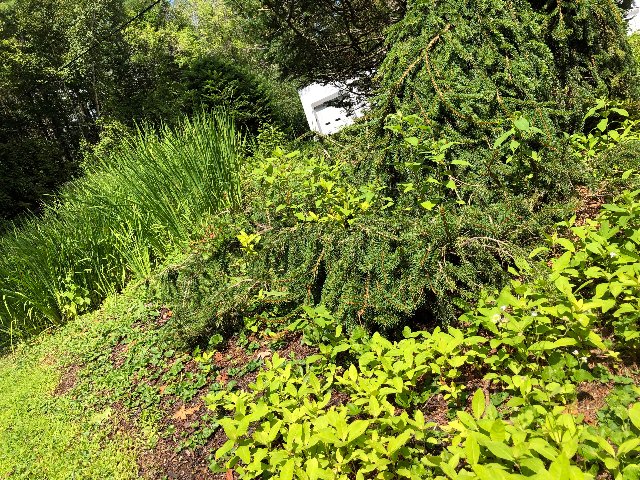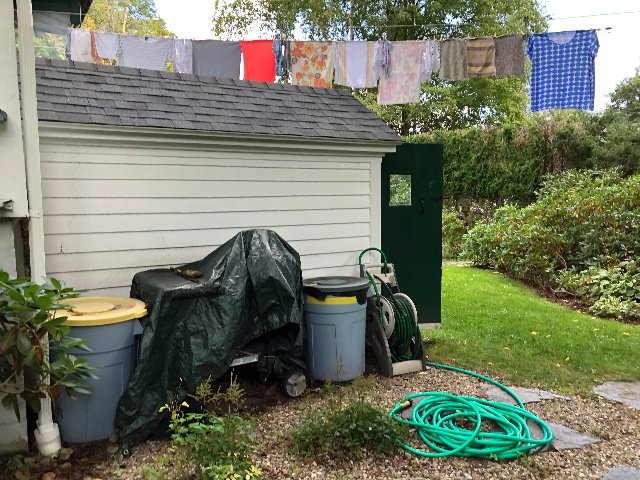Victoria Jefferies: A Garden as a Work of Art
Or Gardening as an Artistic Activity
By: Astrid Hiemer - Sep 18, 2022
A Garden as a Work of Art ~ Or Gardening as an Artistic Activity
Victoria Jefferies and Thom Gentle, both art- and architectural conservators at the time, purchased their Vermont home in 1989, from a town. It had last housed a Community Center and needed extensive repair. What is left from the original building inside is floor, doors and wainscoting. Recently, Victoria replaced all windows, which dated back to the 1940s, when the hall was built. The front entrance is still in its original form.
And the kitchen was then in the basement, now workshop/conservation studio and art studio. In 1989 already, the couple replaced the roof and during renovations the entire infrastructure of the building had been replaced. There was a well on the premise, but a new deep water well was dug and installed on the other side of the home. The old well remains as a picturesque stone piece. Today, the water goes through a filtration system before entering the house and water leaving the house, eventually ends up at a leach-field way out in the woods. The building, on two floors, has about 4,000 sq.ft.
The house is situated on 1 ¼ acres and the cultivated garden area amounts to approximately 1 acre. The garden was installed in pieces. Originally, there was a herb- and flower garden close to the house. Both owners grew up in California and were no gardeners and not familiar with what would grow in the Northern New England soil (areas 4 + 5). As Victoria observed: “In California you put a plant or a tree in the soil and it just grows.” After plants and trees worth more than $2,000 had died, they decided on a landscape architect.
The firm, Steep Acres Landscaping, was interested in developing the property and decided on a plan, which they followed. One thing had to be addressed in order to prevent plants from dying: The harsh winter-weather arrives from the west, and so three long hedges were installed, which cuts the garden into distinct areas and protects plants and trees from the icy weather. On the roadside a berm, a rounded mound of soil and stones was built up, and a series of evergreens were planted that would withstand dirt and salt.
In the early 2000s Victoria went on an ‘Earth Watch’ trip in northern Spain. She described her garden to one of the leaders of the group, a botanist, wondering what was missing in her garden? She returned from the trip with: “We must install wild flower areas.” And so, they went ahead. A seed company in Charlotte, the Vermont Wildflower Company, supplied seeds by the pound and there are now three wild flower middle sections in the garden, changing flowers and plants throughout Spring, Summer and Fall.
A long arching low stone wall, on two sides, made of Goshen Stones from Goshen, Massachusetts, ends in several steps up. Perhaps, there could be a small seating area inside the line of fir trees that shield to the outside world. A row of mostly fruit trees were planted near the stone wall on two opposite sides. Also, a line of six linden trees, in front of the first tall hedge, bloom with their lovely yellow flowers once or twice a year.
Then, in 2008 Victoria bought Thom out. While leaving the property he continued to share their conservation studio for some time.
And at this point, more than 30 years later, Victoria is replacing trees or cutting tops of trees here and there to let light into a particular area, which would benefit adjacent trees and plants. Becoming more and more a gardener over the years she is not only concerned what would look good in a particular spot in the garden, but what would benefit pollinators, bees, butterflies, birds. She excitedly took me to a rather large St. John’s Wort bush, which was fully in bloom two weeks ago. One day, when she came out into the garden, there were hundreds (if not thousands!) of bees swarming the bush. “All different kinds of bees,” she said. I photographed the bush, of course; most of the sweet yellow flowers were gone. And, “there must be a beehive nearby, or several,” she remarked.
In past years, Victoria has employed landscapers for 1 to 2 weeks and she hires a high school kid, girl or boy, and trains them to work well in her garden. “Good training for life,” with which I agree, thinking of our grand-children, who have had summer jobs in the last few years. She proudly told me that her high-schoolers usually stay for 3 or 4 years and several have done well in life: from doctors, to an oceanographer, to an owner of a river rafting company. She pays them well while they work two to four hours each summer week. They are mowing grass, digging holes, climbing a ladder, which she holds onto directing smaller tree cuts, and, of course, weeding.
Victoria continues to consult and work for museums and on historic sites, including several architectural buildings designed by Frank Lloyd Wright.
In past years, Victoria began considering her gardening also as an art practice - and she is not alone there. She and I have met other visual artists, who consider their gardens also works of art. And, she has more seriously thought about pollinators and wild-life. Many birds nest in her trees and she is more aware of migration patterns. She talked about a cardinal with a deformed beak. The bird would return for several years until -- not again. Victoria does not feed birds during summers; however, she does in winters. We talked about bats, that have not returned in some years. There is a bat cave near Putney, Vermont, which has been closed. The bats there had contracted a disease and so it was shut to limit a wider spread.
She is constantly reevaluating areas of the garden and if a plant, a new plant, does not fit into her intended design, it gets moved. Or, as I wrote earlier, trees and bushes need cutting or pruning. She attempts to spend work-time in the garden every other day. And she continually pulls weeds; there is no end to that, as I can attest.
Her garden has three sizeable distinct areas, as defined by the long hedges. The outer rims of the garden close with long rows of low growing ground cover of Lamium or Dead Nettle adjacent to woods or Creeping Juniper in other places. Then, in addition, she’s created smaller areas like the espaliered (’flattened’) pear tree, which is growing along a wooden wall, branches outstretched. Unfortunately, apples and pears have been few this summer. It was just too hot and dry! And the garden is intended to be free of extra watering. Most plants and trees are mature and, the conservator, of course, refrains from watering.
Small picturesque spots around the entrances now hold her indoor plants, which will return to their winter places in the spacious living room and kitchen, and perhaps other spaces.
We also talked about her visual art work in relation to the garden. She paints essentially loosely abstracted colorful landscapes. Victoria wrote: “…There is a visual, and emotional relationship to my garden. This fundamentally is represented in the line, space/voids, and texture – vertical and horizontal movement that I reflect on when I am drawing/painting.”
Well, my series of photographs above the article can highlight areas in this wonderful private garden, which is maintained by an individual. Yet, they cannot present its entirety.
I leave the final statement about her garden to Victoria: “There is an atmosphere in the garden… Sometimes a vague mist which dulls the colors in the mornings or late afternoons. If it is very hot, the garden sheds a dull green light. If there is snow, there is a hard shimmer as the moisture evaporates. The garden is ever changing…it is elastic, expanding and contracting with the seasons.”
Finally, of course, the question remains: “Is the garden itself a work of art, or does it inform and inspire other art work?”
And, please, peruse Victoria’s beautiful website, which conveys more of her and her work.

